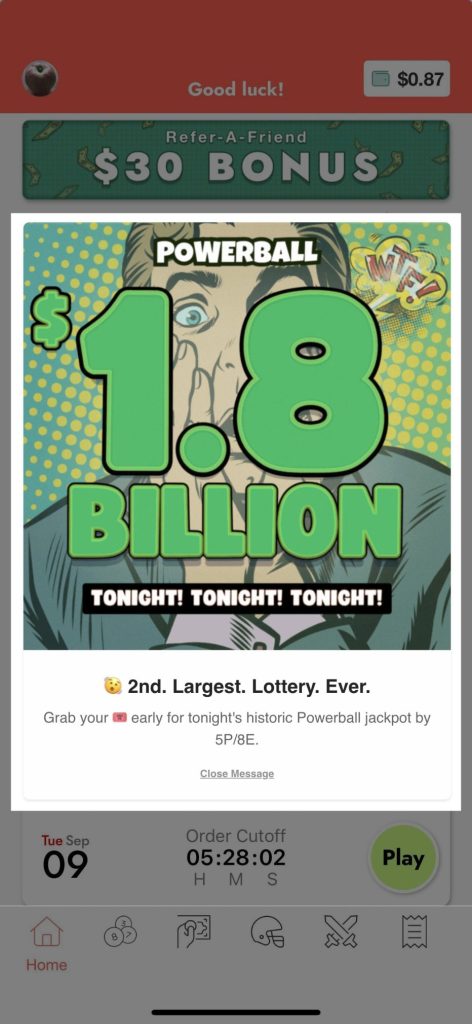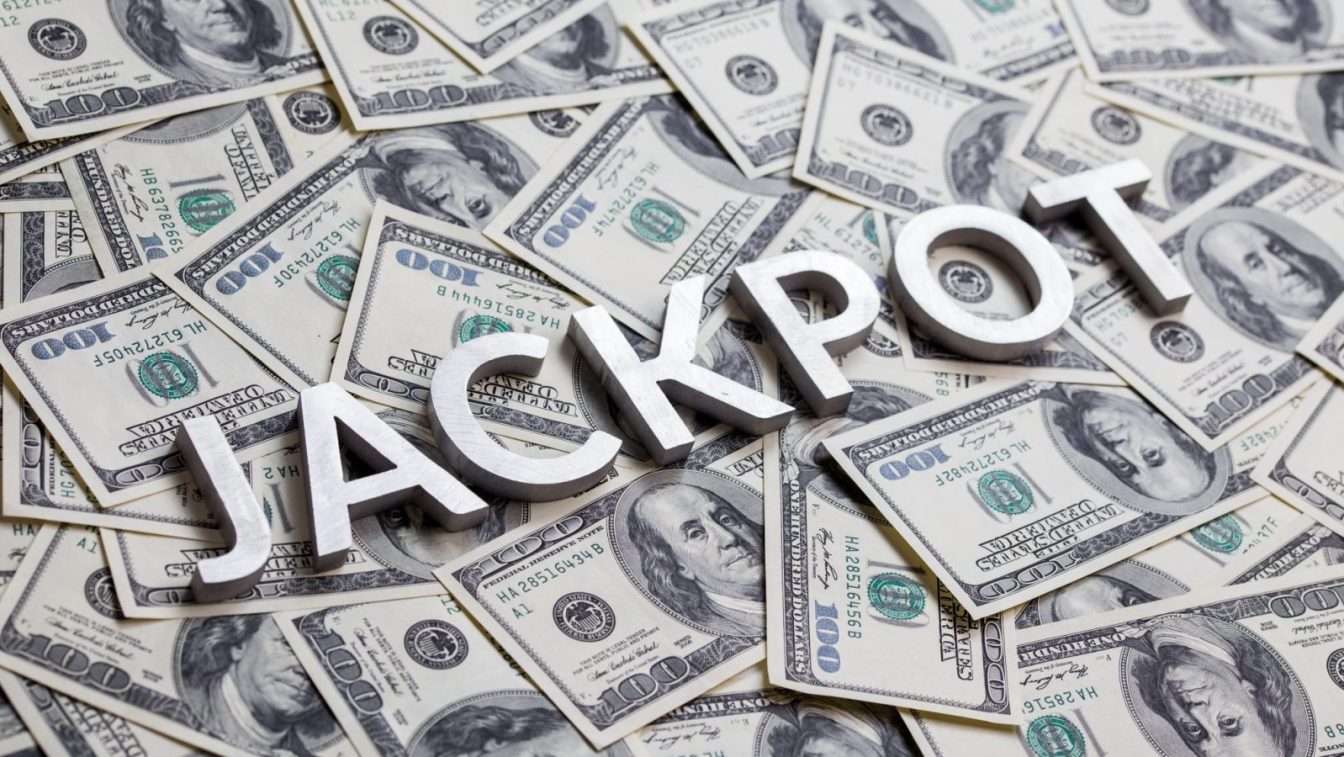How ‘Jackpot Fever’ Impacts A Lottery Courier
Lottery Now Head of Operations Erik Swett shares insights from the recent Powerball madness
3 min

As the saying goes, it’s better to be too busy than not busy enough. That take was tested a bit over the past couple of weeks for those employed in the lottery industry, but it nevertheless rings true, because those workers know well the impact of a long valley in between peaks.
On Saturday, a record streak of 41 drawings without a Powerball winner came to an end, with two tickets splitting a $1.78 billion jackpot, the second highest in Powerball history. The previous three drawings before there was a winner were for $1.44 billion, $1.2 billion, and an even $1 billion — not exactly chump change either.
But prior to this run, there had been something of a drought with regard to the phenomenon known as “jackpot fever” or “lotto fever” kicking in. The grand prize had not crossed $1 billion since a group of players in Oregon hit for $1.33 billion in April 2024.
In the other major national draw lottery game, Mega Millions, the jackpot rose to $1.27 billion last December, but has failed to cross $400 million since.
So for a lottery courier like Lottery Now — a smaller company compared to the likes of Jackpocket, Lotto.com, or Jackpot.com — the recent “fever” brought with it a welcome overload of activity.
“From a what’s-good-for-business perspective, we’re always rooting for the rollover,” said Erik Swett, head of operations at Lottery Now. “These days, the line is around $800 million, $900 million — that’s when you really see a shift in customer behavior and orders of magnitude in growth in people buying tickets. You can see it when you look at the growth curve of the jackpots themselves. That gives you the hint that there’s a certain point where it just goes exponential.”
All hands on deck
When it gets into that territory, that’s when Swett needs to “scale up,” and quickly, in managing his company’s operation.
“One day, you’re at a certain amount of business, and the next day, when that jackpot hit like $900 million, you’re at 150 percent of what you did the day before,” Swett said. “From your lowest point to your high point, it’s like a 10X difference. So in my job as head of operations, when we see that coming, we need to be ready to act quickly.”
Lottery couriers are frequently described as an “Uber Eats for lottery,” as customers place their orders via the app and then a representative of the courier company makes the physical ticket purchase on their behalf in person.
So for Lottery Now, which is active in six states, that means the number of contractors you had fulfilling orders by buying tickets when the jackpot was $100 million doesn’t come close to handling the workload when the jackpot is $1 billion.
“You need additional headcount, obviously,” Swett said. “Making sure people are aware that a heavier workload is coming — and you have strict cutoffs, ‘when do we have to get this done by?’ On the West Coast, it’s 7 p.m. It includes working weekends, especially a day like this past Saturday. So, you’re making sure people are showing up on time, making sure we have the headcount, calling people in off the bench — and I don’t get to schedule people to work two weeks in advance. It’s just, ‘Hey guys, it’s coming, are you available?’ And, do you have all your supplies, is the hardware and the software you’re using all working? Do we have all the phone numbers for each state, in terms of working through it if we have problems?
“Those are all issues that we also have to deal with on a normal day, but when you get to the high jackpot, I’m constantly refreshing my screen, watching numbers go through, checking in with people, texting, calling, all night long until the cut-off time.”
Swett also added that, when necessary, he’ll even head to the retail outlets in his home state of Arizona and do his part to help fulfill the orders himself.

Lessons learned
Swett acknowledged that the frenzy of the last couple of weeks was something that “we needed after the drought this year,” so there’s a degree of relief — but there’s also wisdom and education to be extracted from the experience.
“This is good practice for and demonstration of where the business could go,” he said. “We see the user growth, we see what our potential baseline is for large jackpots, and it helps you visualize what the future looks like and what staffing will look like, what supplies looks like, what hardware looks like, for the next time.”
That “next time” could come with Mega Millions, which changed its ticket price from $2 to $5 in April with the promise of massive jackpots that haven’t yet come. It’s now at $381 million for Friday, the highest it’s been since the price increase.
“They talked about, $2 billion could become common, $3 billion is possible,” Swett noted. “We’re mentally preparing for Mega Millions. If it gets to $3 billion, maybe I’ll finally stop rooting for rollovers and need a break.”
When that break arrives — as it did for this Monday’s Powerball draw for a meager $20 million — the impact is steep and immediate. Swett said some customers who were caught up in the billion-dollar insanity stick around, but for the most part, sales and revenue quickly go back to their lowest levels.
There is one notable exception, though, for Lottery Now and, Swett presumes, for the courier’s competitors: The app has a wallet feature, where customers deposit money and then play with a balance. “We do get a tiny halo effect in the form of people playing down their balance,” Swett said.
“But,” he clarified, “for the most part, it’s a situation where we can go up like 10X in a week, and then we go back down the full 10X in a day.”






